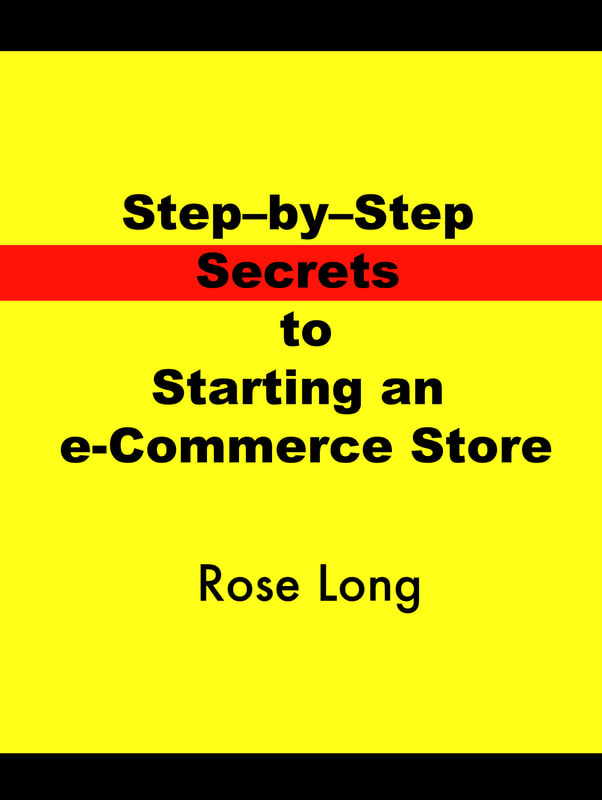|
25. Inventory
An ideal business model is made to order. Advantages: The benefits are that you do not hold inventory and there is no wastage and there is the possibility that your goods products can be sent directly from the manufacturer to the customer thus eliminating and extra shipping fee to you and your warehouse. It is a very sustainable way of working and good for the planet – no wastage and less shipping Disadvantages: You are often beholden to your manufacturer and their ways of working It is much more expensive a model and your pricing has to reflect this However, this is not always possible and if you are selling through a marketplace they will doubtless require you to hold inventory so that the products can be shipped within a day or two to the customer. Try to have a back up supplier as depending on one supplier can affect your business negatively if things do not go smoothly. Lead time – are your customers willing to wait for the lead time. Often they will as they realise that this is a very sustainable method of operating. Principles of inventory:
Manufacturers can be unreliable. Lead time this time between restocking and selling out your existing stock needs to be carefully monitored. Real time inventory management software Radio Frequency Identification (RFID) allows warehouses, factories and retail stores to keep live track on where goods are and how many of them are in the inventory. RFID uses a microchip which can include information such as type, manufacturer, serial and GTIN numbers and send this information to a collection device. Barcodes readers update the databases. This real time information has created more accuracy in planning and costing of goods.
0 Comments
Leave a Reply. |
Author
Archives
October 2023
Categories
All
|
Copyright © 2024 Rose Long. All rights reserved.



 RSS Feed
RSS Feed